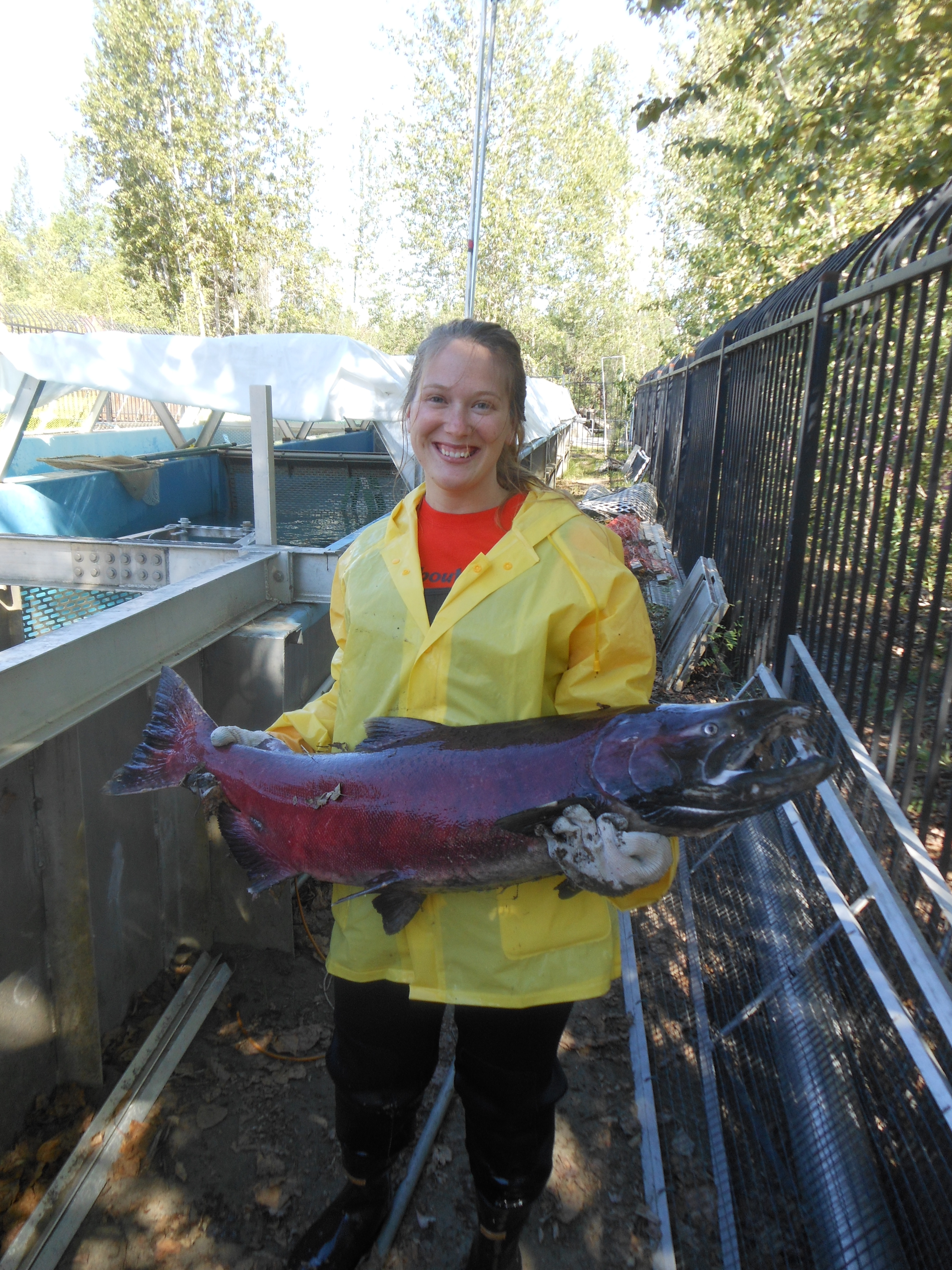Publish Or Perish and “The Impossible Heap”
by Sarah Felder
Poetry as a distinct art form chronologically predates western literacy. Ancient works, from the Vedas which is dated between 1700 and 1200 BC, to the Odyssey (800-675 BC), appear to have been written in poetic form to help with oral story conveying and memorization in “prehistoric and ancient societies”(Sonnet Mondal, The History of Poetry). In a way, poetry still exists as a form of story-telling, because of modern technology, a publishing hub emerged for Poetry in western civilization; In this review, I would like to present a case for poetry as a vast organism, yet harboring a small pool for the elite.
This is not the delusion of a “a manic poet”, but the reality of the state of poetry in the US during the first half of this century. Poetry wasn’t kept in locked boxes in universities, it was not limited to small literary magazines. Poetry was part of popular culture, just as fiction thrives today.
In 1916 through 1918 popular magazines were publishing anywhere between one and ten poems in every issue. Even magazines such asCosmopolitan had a poetry section.
Many of these poems would be considered “sentimental” in a workshop today, but this does not take away from the value of poetry as a popular media outlet. It goes back to the Gilgamesh theory, because if these were the poems defining a time period, they could be looked at and retranslated, 5,000 years from now. These magazines also published many well known poets as well:
The popular media reflects the direction and preference of popular culture, directly. Just as a decision was made in popular media to abandon poetry, a decision could be made to reinstate this into these popular magazines. “Poetry should not become just an academic exercise in technique understood and appreciated only by those with M.F.A.s(Spaulding, 4).
This “New Math” is talking about the actual amount of poetry being funneled into the public eye each year. Regardless if it ever reaches the eye or not, it is still considered published work. Colleges all across America have hundreds of B.F.A as well as M.F.A programs completely devoted to teaching people how to write poetry. These teachers at these programs spend their time convincing students their work is worthy of mass-publication, as well as poetry awards. Alpaugh reiterates that American’s have a 15 minute itch to scratch for fame.
Len Fulton, editor of Dustbooks, which publishes the international directory of little magazines and small presses, estimates the total number of literary journals publishing poetry 50 years ago as 300-400. Today the online writer’s resource Duotrope’s Digest lists more than 2,000 “current markets that accept poetry,” with the number growing at a rate of more than one new journal per day in the past six months. Some of these journals publish 100 poems per issue, others just a dozen. If we proceed cautiously and assume an average of 50 poems per publication per year, more than 1000,000 poems will be published in 2010. (Alpaugh, 2)
These numbers are huge. There will be more than 35,000 journals by 2100, and approximately 86 million poems published by the end of the 21st century.
These numbers are so huge, and we are still only experiencing the first whiff of it all. There are countless self-publications, anthologies, books, as well as internet publications. Some are saying that the gold will be separated but if only one gold-piece in a pile of 100,000, will the gold be discovered? Doesn’t the test of time determine the silver from the gold so that the great poetry can emerge from the ashes? If it’s not for our current readers, it’s for our future readers.
Alpaugh has a bit of a grim look on the mass availability of an assortment of poetry in the united states, but in a way, I think it makes poetry more of a secret-society rather than an open bar. I would have to bet that in the future, the internet will wholly destroy the poet-scholar that existed in Mesopotamia. Yet all of these poets with hot-blood will continue with their society and to make sure it stays breathing under the hood of the American media.
Hazo goes on to say that these writers, critics, and teachers have spent more time and patience on a small scale:
The main concern of young poets who are writing today in these elite environments is how their poetry will reach the general public. In the United States there are only two ways to go about this. One could self-publish, or present it in person at readings, or coffee houses, this goes a long way, although generally to develop a poetic voice as a poet in a community, one must first publish- and then read. “The published book makes poetry readings possible, and the readings stimulate further interest in the book“ (Hazo, 278). For beginning poets, it is important to revisit a truism about poetry: Publish or perish. There are plenty of editors in the position to be able to “discover”, and then “make” or “break” new poets. “Because publishing is a money-making industry in the United Sates, the profit motive cannot be overlooked in editorial decisions about what poetry will be published” (Hazo, 278). Therfore if an aspiring poet has “it” then there is no reason for an editor to pass by their work.


